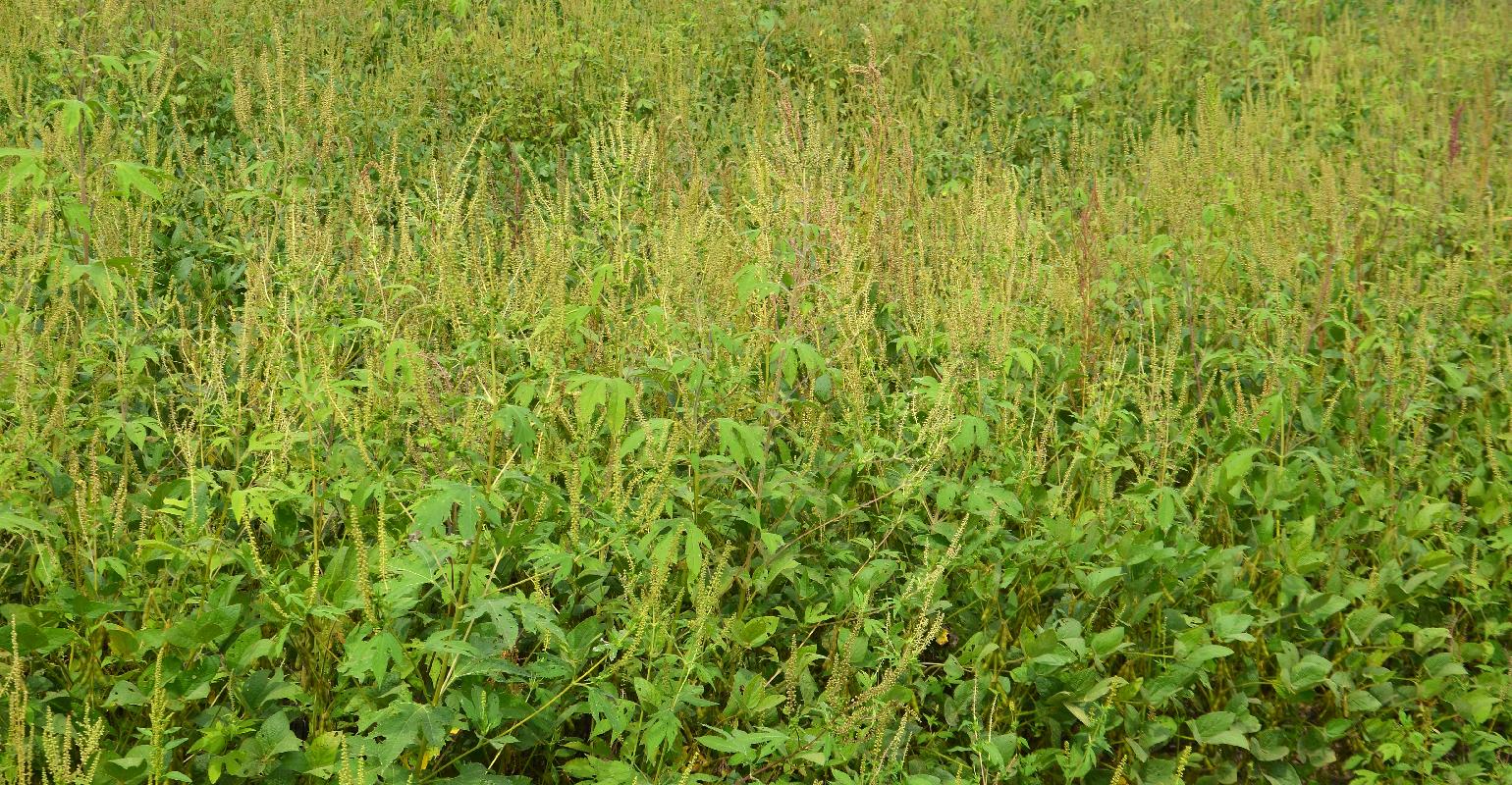Minimize yield drag in beans after beans

Soybean Pest Beat: These CCAs point to several challenges with planting beans after beans.
Dec 01, 2020
Stronger soybean prices and fewer input costs have me leaning toward planting more soybeans. About 400 acres would be soybeans after soybeans and 200 acres would be the third year for soybeans. How can I minimize yield drop?
The Indiana certified crop advisers panel answering this question includes Danny Greene, owner of Greene Crop Consulting, Franklin; Jeff Nagel, agronomist with Ceres Solutions, Lafayette; and Marty Park, agronomist with Gutwein Seed Services, Rensselaer.
Greene: Rotations can break disease, insect and nematode cycles. Corn can also help with erosion control through increased residue.
However, there are ways to attain some of these benefits without going to corn. Cover crops can help break these cycles and reduce erosion potential. If I were planting multiple years of soybeans, I would rotate varieties in a field to reduce the adapted pathogen load. I would also rotate herbicide groups to reduce the potential for weed resistance.
I would want to know my disease, insect and problem weed pressures. Soybean cyst nematodes and diseases that recur in the same area of the field would warrant special attention. You also need to keep an eye on soil fertility. Soybeans will perform better where pH is adequate and generally remove more potassium per acre than corn.
Customers who have had the highest success were intentional in their plan for multi-year soybeans.
Nagel: Research across the Midwest shows an average yield penalty of 7.5% to 10% for soybeans following soybeans. Disease pressure is the main driver of yield reduction. We’ve seen beans after beans yield well, but we’ve also seen significant yield reductions from soybean cyst nematode pressure in the second year.
Sudden death syndrome is favored by cool and wet soil conditions in the early vegetative growth stages. Phytophthora, white mold and frogeye leaf spot can have a big impact on yields. With the advancement of new herbicide trait platforms, many farmers are planting soybean varieties they’ve never planted previously. You likely will not find one that has a great disease package on everything. Here are suggestions to mitigate risks:
- Use a treatment with the right fungicides and rates that offer protection on seedling blights, particularly phytophthora root rot. Add Saltro or Ilevo to protect against SDS and SCN.
- If it’s cool and wet around R1 to R2, strongly consider applying a fungicide with activity against white mold. Make a plant health treatment of a multiple mode-of-action fungicide that is rated well for frogeye leafspot and an insecticide at around R3.
- Be sure to provide adequate phosphorus, potassium and sulfur.
Park: Planting soybeans after soybeans isn’t common in northwest Indiana. Planting soybeans for three years in a row adds more risk. The primary challenges are managing cyst nematodes and diseases like phytophthora, sudden death syndrome and white mold, as well as controlling weeds.
If you’re forced to plant soybeans after soybeans, here’s how to mitigate risk:
- Plant a “defensive” soybean variety with as much disease and nematode protection as possible.
- Use seed treatments to add protection against nematodes and diseases like phytophthora and SDS.
- If white mold is a concern, plant in wider rows, reduce your population, and consider an early application of fungicide.
- Use different herbicide-tolerant systems or herbicides with different modes of action and sites of action.
- Make sure soil fertility is at a high level.

